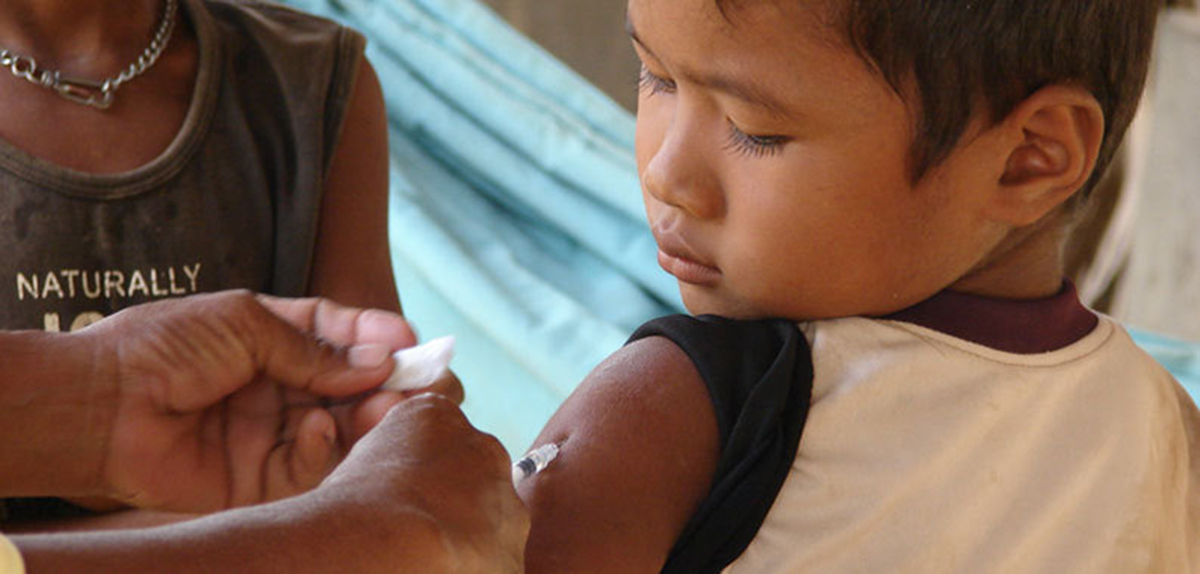Table of Contents
In 429 BC, Greek historian Thucydides noticed that the lucky ones who survived the smallpox plague (a rash followed by an exhausting fever that makes the skin, especially of the face, disfigured and is frequently fatal) after the epidemics in Athens did not contract this ailment again. The Aesculapius of the fifth century BC did not have the means and conditions to investigate further, but they did wonder: why?

Only in 900 AD did the world come to a primitive method of immunization, variolation; the Chinese were the first ones who administered that method against smallpox using discharge from the scabs and putting them either under the skin or inserting dried out and powdered scabs into the noses of healthy people.
Notwithstanding the fact that it sometimes caused mild forms of the disease or even death, variolation was highly appreciated within all nations as smallpox was a very contagious viral infection that mowed down an awful lot of people yearly regardless their income, nationality or religious affiliations.
By the end of the 18th century, British physician Edward Jenner had offered the world a great gift: modern vaccination.
Surprisingly, within another half a century an army of ardent opponents of this innovation had grown up as people who did not believe in vaccination when the procedure became mandatory, considering this tool a restriction of individual liberties. Unfortunately, the echoes of that movement still sound.
Nowadays, perhaps this group of the population is even bigger than ever before, but the inner history of their emergence is different. In the past, individuals craved freedom in all its manifestations as they were suppressed by power, religious beliefs, the size of income and so forth. The modern world does not face such severe limitations from the authorities and other issues as all kind of restrictions are well-displayed in the media and get overwhelming resonance in the public. Sensation-seeking media very often trample on the moral and ethical sides of the matter, bringing up this topic every time when the sales of their printed issues decline dramatically, discussing sporadic cases of post-vaccination complications, and deliberately hushing up the real background of the problem.
Science has done a perfect job since the 19th century; in response to violent opposition, in 1880 Louis Pasteur developed a vaccine against rabies.
Ten years later Emil von Behring was awarded the Nobel Prize in Physiology and Medicine for his discovery of the basis of the diphtheria and tetanus vaccine. The former one killed thousands of people in the Europe of those days. Even the constables of those days in London were taught how to perform a tracheotomy (a small notched section on the front surface of trachea, which helps a person to breathe when the natural airway is obstructed), as the number of deadly diphtheria cases was overwhelming and infected ones were simply collapsing in the street breathless.
READ A Vaccine Against Addiction?
The 20th century was marked by the widespread availability of vaccination against diphtheria, tetanus, whooping cough and tuberculosis (TB) that crucially improved the situation worldwide. Despite the fact that these vaccines were not as perfect as nowadays, they were efficient.
The next breakthrough was when the polio vaccine was created (1955), thus after several decades this ailment was nearly eliminated from our planet.
Another advance in the immunization was the complete eradication of smallpox (1980).
The new millennium has brought a great success in the immunological field. In 2008 another scientist, professor Harald zur Hausen was awarded the Nobel Prize for the vaccine against cervical cancer, which is caused in most cases by the Human papilloma virus (HPV). The country that pioneered this type of immunization was England where 12-13 years old girls were first vaccinated with HPV shots.
Then, 2013 became a year of the emergence of vaccines against shingles, rotavirus and children's flu. The culmination of the new epoch of immunology was the Meningitis B vaccine, sufficiently implemented among little babies; this fulminant infectious disease possesses fatal properties and can take the life of a little one in a couple of hours. Fortunately for us, this is preventable nowadays.
- www.nhs.uk/conditions/vaccinations/pages/the-history-of-vaccination.aspx
- Photo courtesy of cdcglobal: www.flickr.com/photos/cdcglobal/9665361048/
- Photo courtesy of cdcglobal: www.flickr.com/photos/cdcglobal/9665361048/
- Infographic by SteadyHealth.com


Your thoughts on this